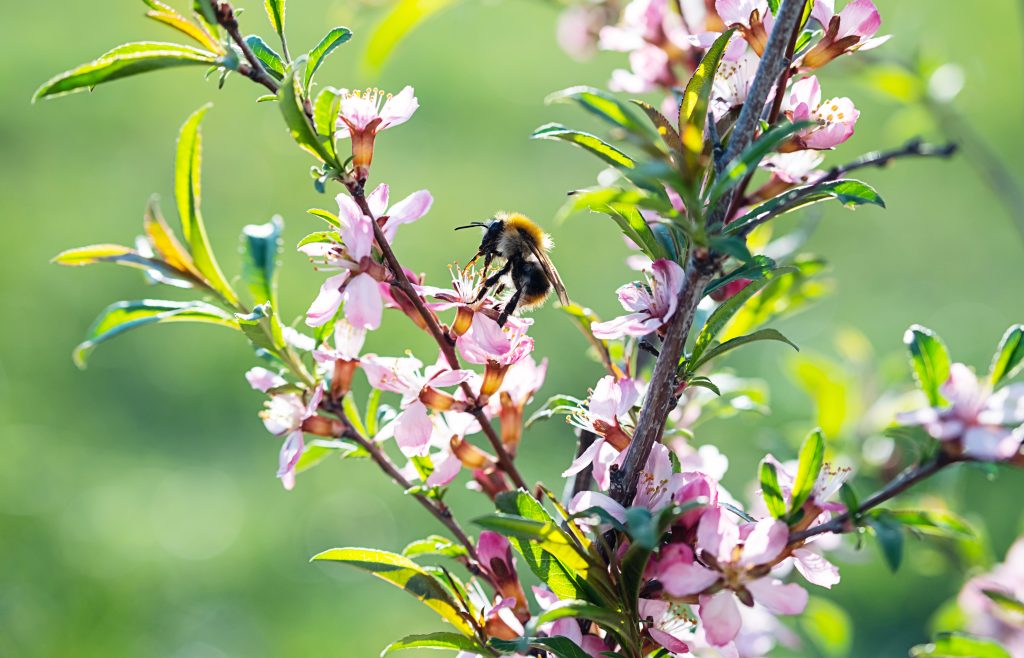
Habitat Management
Grant Opportunities
The Importance of Habitat Management
Several factors have led to the fragmentation, degradation, and destruction of many natural habitats. This damage is having a substantial impact in the lives of both humans and wildlife.
Creating and maintaining habitats is essential for supporting wildlife, especially pollinators, and ensuring biodiversity. Through effective habitat management planning and practices, we can restore natural ecosystems, provide critical resources for pollinators, and improve environments for wildlife and humans alike.
Strategies for Habitat
Management
Habitat management is focused on conserving, protecting, and restoring habitats for wildlife. Strategies include prescribed fire, mowing, invasive species treatment and more. Management is adaptive and science-based.
Plant Native Species
Native plants are well-suited to local climates and provide the best food sources for pollinators.
Create Habitat Diversity
Incorporate a variety of native flowering plants, grasses, shrubs, and trees that will support different pollinator species throughout every season.
Reduce Chemical Use
Promote the integration of pollinator-friendly practices–such as sustainable landscaping or green infrastructure–into urban spaces to create native habitats.
Restore Natural Areas
Participate in prescribed burn organizations or habitat restoration projects in prairies, forests, and wetlands to promote natural growth and encourage pollinator-friendly environments.
